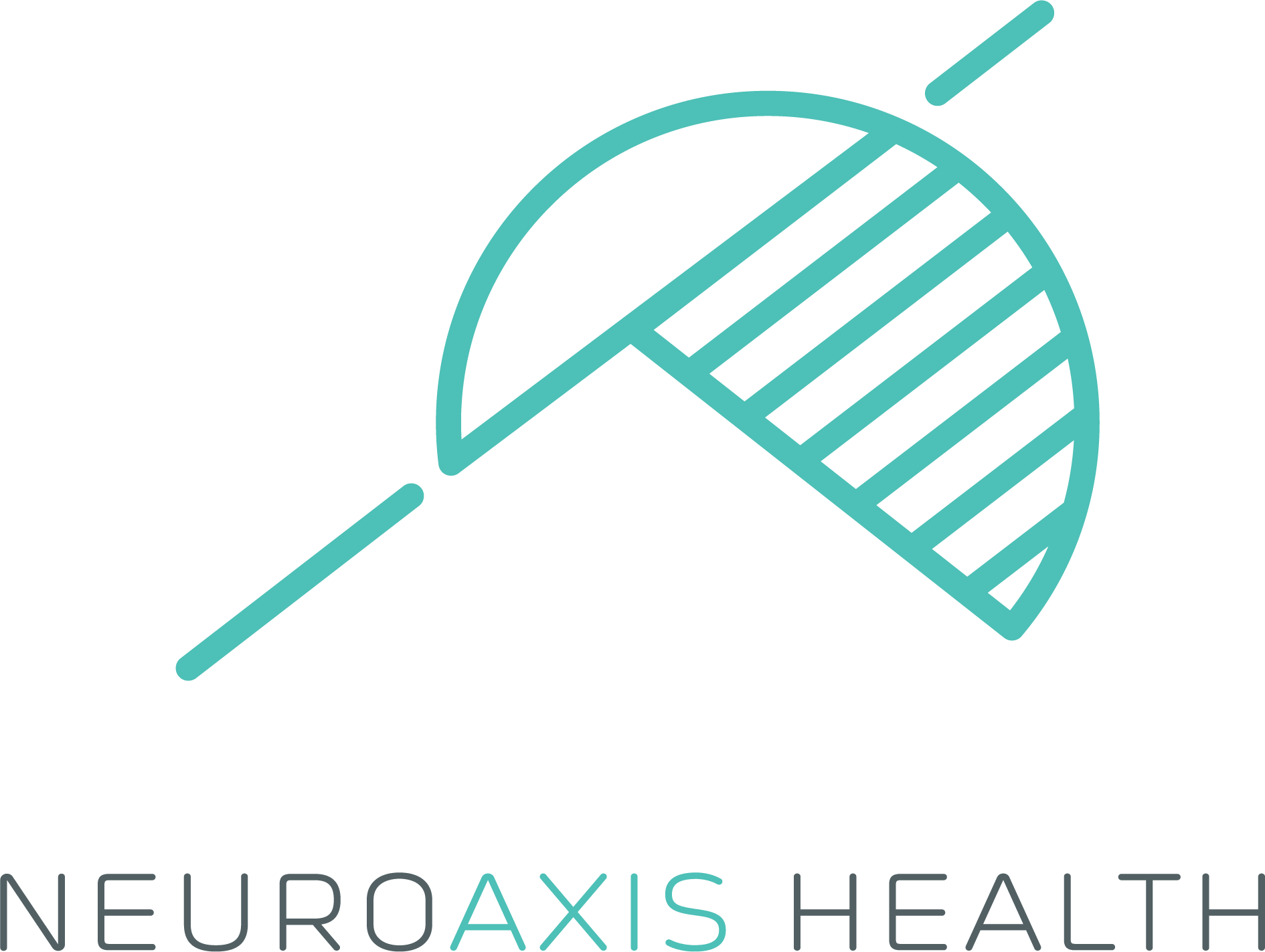Is it a migraine?
If you are experiencing recurrent episodes of throbbing head pain, sensitivity to light and sound, nausea and blurred vision, chances are you are having a migraine headache. If this is your first episode with these symptoms this could be a medical emergency and must be evaluated immediately. However, since you are reading this on-line, chances are you have already been diagnosed with migraine headaches and are now researching for answers to these mysterious symptoms. Given that more than 10% of the American population suffers from this debilitating form of a headache, rest assured that you are not alone.
Migraines are considered to be a primary brain disorder which involves a malfunction of the sensory processing centers and the release of pain-producing inflammatory substances around the nerves and blood vessels of the head. The neurons (cells) in the brain which process sensory input, such as light, sound, visual tracking and equilibrium are hypersensitive in migraine sufferers and become easily fatigued with sensory stimuli. When this occurs neurons begin to fire erratically and “trigger” a cascade of physiological events which result in a migraine headache. Triggers can also involve inflammatory reactions to food, hormonal changes and chemical sensitivities–all which must be differentiated from secondary causes. Migraines are often thought to be a life-long condition. However, recent advances in neurological rehabilitation and natural medicine offer new hope for migraine sufferers.
Here is a close-up look at the symptoms of this widespread, little understood, and all too common problem.
Migraine Statistics
Migraines can affect anyone, across all demographics:
- most common 25 to 55 years of age
- 18% of women in the U.S
- 6% of men in the U.S.
- 10% of school-age children, at least occasionally
- 50% experience their first episode before the age of 12.
- 40% experience neurological symptoms involving dizziness and balance problems.
Symptoms of a Migraine Headache
How it manifests itself can vary from person to person, but most people dealing with migraines have a number of symptoms in common. These include:
- throbbing and pulsating pain
- pain along one or both sides of the head
- sensitivity to light and sound
- nausea and vomiting
- aura (see phases of a migraine below)
- dizziness
- balance problems
- numbness or weakness
Phases of a Migraine Headache
Migraines can occur any time. Usually, there is a series of warnings that one is imminent. Here is a look at the sequence of symptoms for a typical migraine attack.
1. Warning phase. Also known as the prodrome or premonitory phase. Approximately 30-40% of migraine sufferers experience early warning symptoms which can occur hours or days prior to the onset of a migraine. Feelings of light-headedness, fatigue, neck pain, yawning, déjà vu, difficulty finding words and confusion are common. Some also experience mood changes such as depression, irritability or even hyper-activity.
2. Aura phase. Changes in vision such as dark spots, stars, blurriness and zigzag lines are the most common type of auras. Although the visual symptoms are the most common aura symptom, they can also involve auditory hallucinations, ringing in the ears, difficulty with words or speech (aphasia), numbness and tingling and even weakness along the face or entire side of the body (hemiplegia). Some also experience vertigo, abdominal pain, fainting and seizures. A rare few people only experience aura type symptoms without progressing into the painful headache phase. This is called an acephalgic migraine (a migraine without pain).
Women who experience migraines with aura are at a higher risk for heart attacks and stroke. If you are also a smoker and take birth control you must discuss this with your primary care physician as soon as possible.
3. Headache. The unbearable and throbbing pain occurs at this stage. If you’re lucky it will only last a few hours, but most suffer anywhere from 24-72 hours. The pain involves the entire side of one’s head, both sides or the forehead and eyes. Movement and exercise usually make the pain worse. And then the additional sensitivity to light, sound and nausea (vomiting for some) will make you want to crawl into a corner of a dark room for the rest of the day. This phase can also be accompanied by a variety of symptoms from the prodrome and aura phase…sorry!
4.Recovery. Also known as the migraine hangover or prodrome phase. This stage can take days or just hours, but time is needed to get the back-to-normal feeling. Migraine sufferers often complain that their thinking processes are slow and they still feel pain in the back of their neck. Many feel washed out, drained, and zapped of energy.
New Hope for Migraines
By combining comprehensive examinations with advanced diagnostic tests we can objectively measure the function of neurological systems throughout the body and brain. With this information, we can employ brain-based therapies that target and restore function to these areas and customize natural medicines specific to one’s needs.
Schedule a free 15-minute consultation with Dr. Chung to find out how chiropractic neurology can help give you new hope.
Dr. Chung is a board-certified chiropractic neurologist and fellow of the American College of Functional Neurology. He is an expert in physical and neurological rehabilitation and has helped numerous patients recover from sport and spine injuries, migraines, dizziness, vertigo, concussion and complex conditions. Follow Dr. Chung on Twitter and join him on Google+
